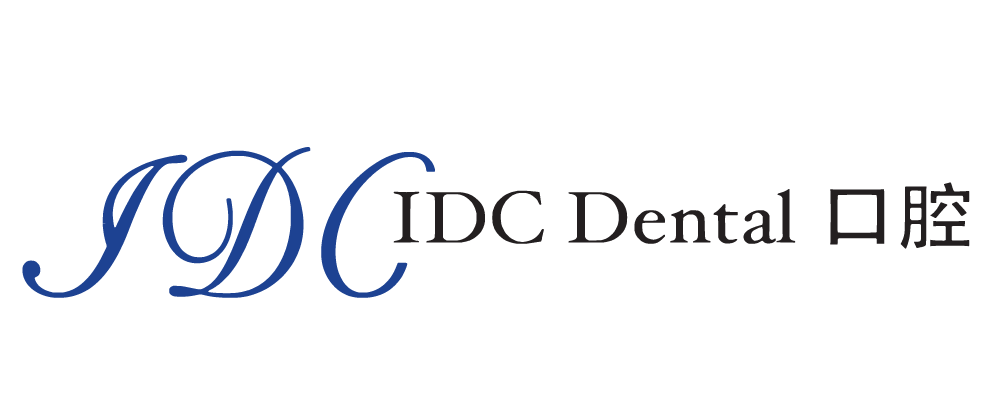Teeth and Face Classifications
Teeth and Face Classifications
Classifications of Teeth
The classification of bites are broken up into three main categories Class I, II, and III.
Class I:
Class I is a normal relationship between the upper teeth and jaws or balanced bite.
Class II:
Class II is where the lower first molar is posterior (or more towards the back of the mouth) than the upper first molar. In this abnormal relationship, the upper front teeth and jaw project further forward than the lower teeth and jaw. There is a convex appearance in profile with a receding chin and lower lip. Class II problems can be due to insufficient growth of the lower jaw, an over growth of the upper jaw or a combination of the two. In many cases, Class II problems are genetically inherited and can be aggravated by environment factors such as finger sucking.. Class II problems are treated via growth redirection to bring the upper teeth, lower teeth and jaws into harmony.
Class III:
Class III is where the lower first molar is anterior (or more towards the front of the mouth) than the upper first molar. In this abnormal relationship, the lower teeth and jaw project further forward then the upper teeth and jaws. There is a concave appearance in profile with a prominent chin. Class III problems are usually due to an overgrowth in the lower jaw, undergrowth of the upper jaw or a combination of the two. Like Class II problems, they can be genetically inherited.
Classification of Face
It is not sufficient to categorize orthodontic malocclusions on the basis of a classification of the teeth alone. The relationship with other craniofacial structures must also be taken into consideration.
Class I:
Maxillary-Mandibular Dental Protrusion teeth: This is an example of a dental malocclusion that may require the removal of teeth for correction.
Maxillary-Mandibular Dental Retrusion teeth: This is an example of a dental malocclusion that may be treated with expansion rather than removing teeth.
Class II:
Maxillary Dental Protrusion-teeth: This malocclusion may require the removal of teeth.
Mandibular Retrognathism-jaws: The lower jawbone has not grown as much as the upper jaw. This example of a Class II malocclusion demonstrates the need for early growth guidance.
Maxillary Dental Protrusion-teeth:
Mandibular Retrognathism-jaws: These Class malocclusions are more difficult to treat due to the skeletal disharmony and may require orthognathic surgery in conjunction with orthodontic treatment.
Class III
Mandibular Dental Protrusion-teeth: The lower teeth are too far in front of the upper teeth. This malocclusion is treated with orthodontic procedures which may require the extraction of teeth due to the dental protrusion.
Mandibular Prognathism-jaws: The lower jaw bone has outgrown the upper jaw. This malocclusion is more difficult to treat due to the skeletal disharmony and may require orthognathic surgery in conjunction with orthodontic treatment.
Treatment Timing
Our Doctor provides orthodontic treatment for adults, adolescents and children. We follow international guidelines by recommending that an orthodontic evaluation take place at age 7 for all children. This early evaluation can help to determine the best time to begin any necessary treatment.
Many progressive treatments are now available for patients 7 to 11 years of age, that provide significant benefits, especially when jaw irregularities are present. These treatments may also prevent certain conditions from worsening. Treating children with these types of problems during their growth stages allows our practice to achieve results that may not be possible when face and jaw bones have fully developed. This early treatment can simplify or eliminate additional treatment for the child.
